The Spider-Man franchise has been swinging its way into the hearts of fans worldwide for decades, and with the latest installment’s massive success, anticipation for the next chapter has reached new heights. Marvel enthusiasts have been busy speculating about the upcoming Spider-Man 4, and one particular rumor has got everyone buzzing: the potential villain that will be pitting Spider-Man against his greatest foe yet. A recent prediction from fans has left us both intrigued and excited, and we can’t help but wonder if they might be spot on. Could this be the perfect villain to bring our favorite web-slinger to his limits? Let’s take a closer look at the rumors and see if the fans might be onto something.
The Perfect Spider-Man 4 Villain?
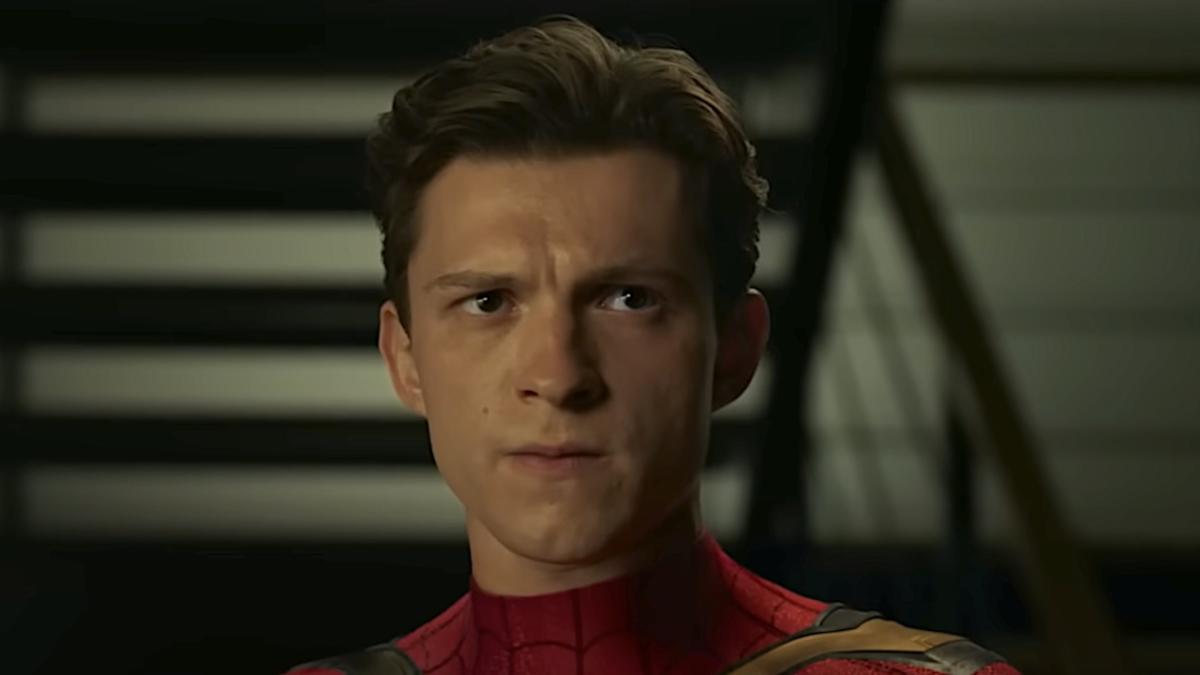
Gizmoposts24 has been closely monitoring the developments surrounding the upcoming Spider-Man 4, and the buzz around the film’s potential villain has reached a fever pitch. According to ComicBook.com, the film has allegedly cast a female villain, which has sparked intense speculation among fans. This development, if true, could significantly alter the dynamic of the next installment in Tom Holland’s Spider-Man series.
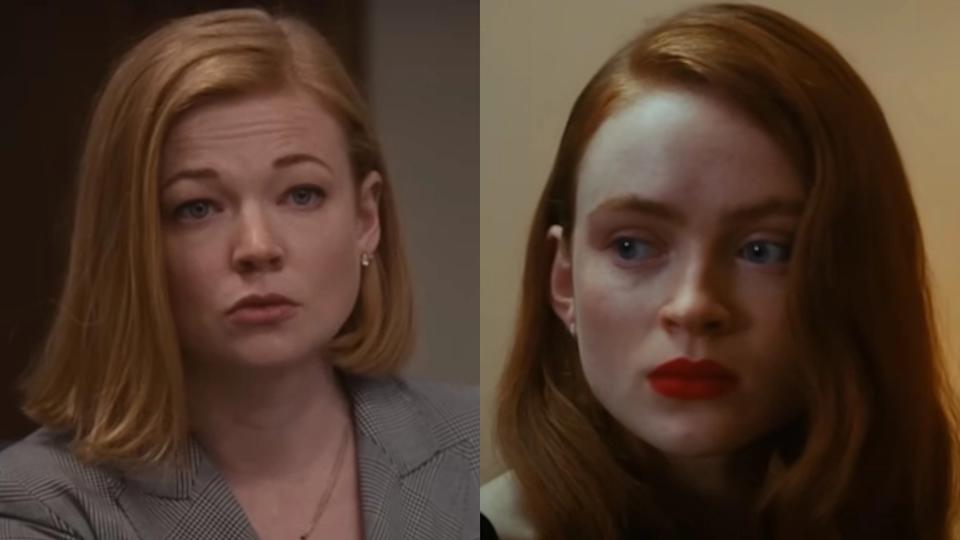
The Rumor Mill
The speculation surrounding Spider-Man 4 has intensified with the news that a female antagonist might be taking center stage. ComicBook.com reports that the role has been cast, and fans are eager to identify this mysterious adversary. One name that has surfaced repeatedly in these discussions is Sadie Sink, known for her role in Stranger Things. Her enigmatic presence in the film has led to various theories about her character, with many believing she could be playing Felicia Hardy, the notorious Black Cat.
This rumor gains credibility from reports suggesting that Sarah Snook, known for her role in Succession, is also in the running for the part. This has fans on the edge of their seats, considering the potential for a diverse and dynamic casting choice. The inclusion of a female villain in Spider-Man 4 could be a refreshing change from the typical male-led antagonist archetype, offering a new perspective on Spider-Man’s challenges.
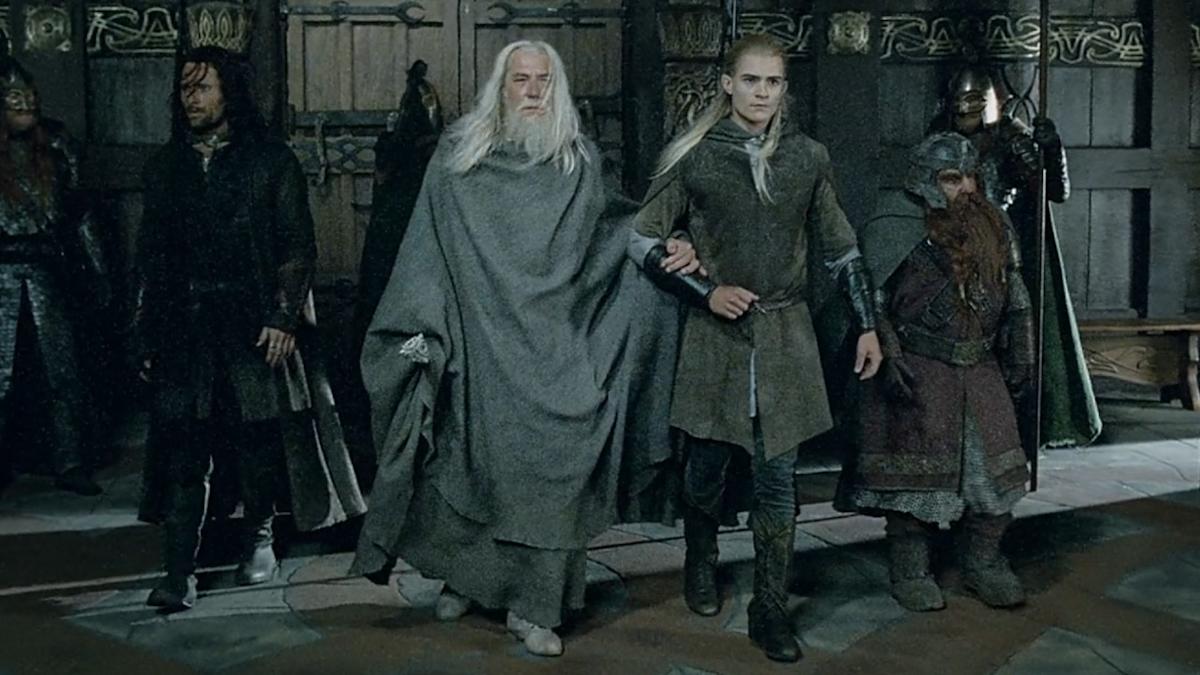
Speculation on Sadie Sink’s Mysterious Role
While the exact role of Sadie Sink remains shrouded in mystery, fans have been quick to speculate. The most popular theory is that she might be portraying Felicia Hardy, a.k.a. Black Cat. This character, known for her agility and stealth, would provide a formidable challenge for Peter Parker. Black Cat’s criminal background and romantic history with Spider-Man add layers of complexity to any storyline she is involved in. Fans are hopeful that her introduction could bring a new dimension to the film, blending action with a potential romantic subplot.
Black Cat’s inclusion in the MCU would not only diversify the roster of villains but also offer a chance to explore a more personal and emotionally resonant storyline. The dynamic between Spider-Man and Black Cat has always been fascinating, filled with both conflict and a sense of familiarity. This could lead to a narrative that is both thrilling and emotionally engaging.
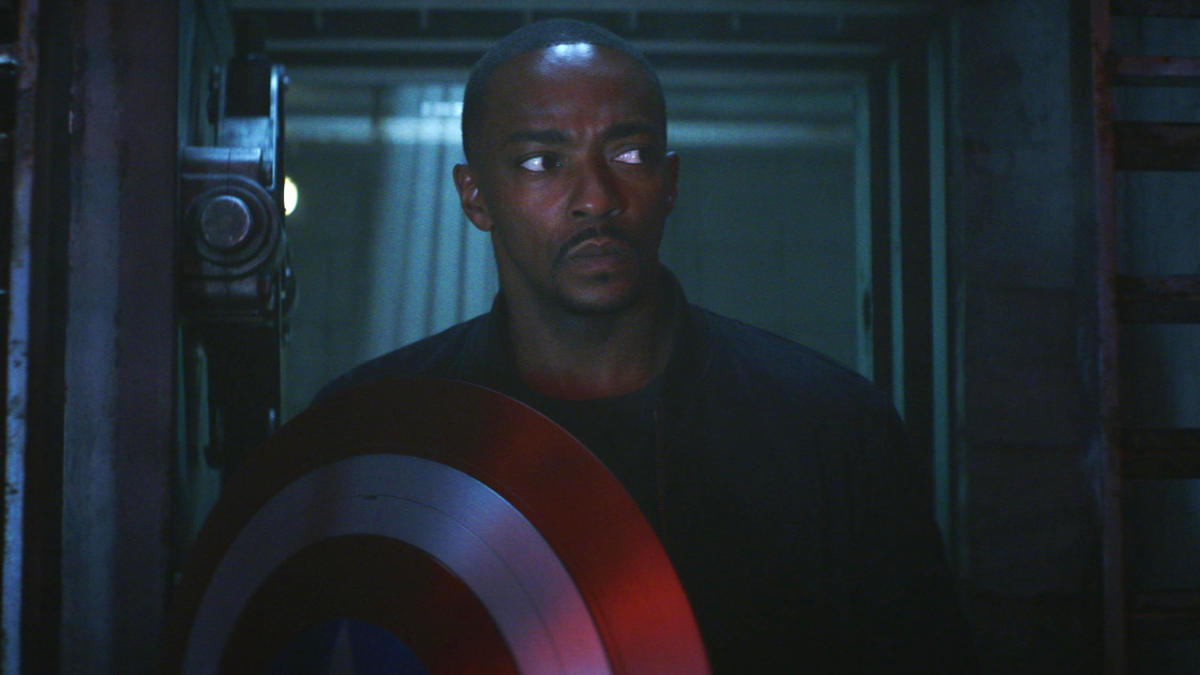
Why Black Cat Would Be The Perfect Spider-Man 4 Villain
Given the emotional turmoil Peter Parker has endured, particularly in Spider-Man: No Way Home, a break from the typical apocalyptic themes seems fitting. Black Cat presents an opportunity for a more grounded and personal conflict. Her criminal activities and personal vendettas could provide a breather from the high-stakes, world-ending threats that have dominated recent Spider-Man films.
Destin Daniel Cretton, the director of Shang-Chi and the Legend of the Ten Rings, is set to helm Spider-Man 4. His direction could potentially infuse the film with a romantic comedy tone, reminiscent of the dynamic between Spider-Man and Black Cat. Imagine a scenario where Spider-Man pursues Black Cat, only to find himself entangled in a web of deception and romance. This shift in tone could offer a refreshing change of pace, allowing for character development and emotional depth.
Moreover, Black Cat’s character arc could be a vehicle for exploring themes of redemption and the complexities of morality. Felicia Hardy’s struggle with her criminal past and her feelings for Spider-Man could add layers to her character, making her a more nuanced villain. This could also provide an opportunity for Peter Parker to grapple with his own moral dilemmas, adding depth to his character.
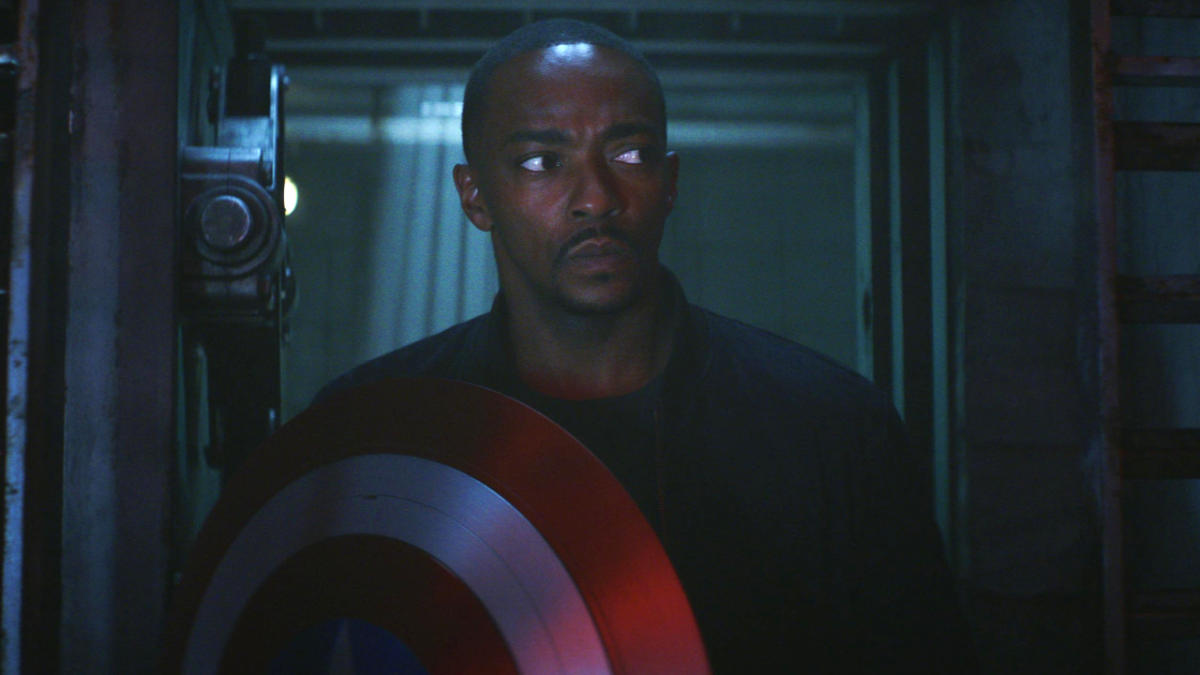
A Break from the Apocalypse
As Gizmoposts24 has previously reported, the Marvel Cinematic Universe (MCU) has seen an increase in films with apocalyptic themes, from Avengers: Endgame to Doctor Strange in the Multiverse of Madness. While these films have been massive successes, they have also left audiences craving something different. Spider-Man 4 could be the perfect opportunity to pivot away from these large-scale threats and focus on more personal conflicts.
Black Cat’s introduction could signal a return to the roots of the Spider-Man franchise, where the stakes are more personal and the conflicts are grounded. This approach would allow for a greater emphasis on character development and emotional storytelling. Fans have long appreciated the MCU’s ability to blend action with deep emotional narratives, and a film centered around Black Cat could be the perfect vessel for this.
Furthermore, Spider-Man 4 could serve as a breather for both Peter Parker and the audience. After the emotional rollercoaster of No Way Home, a film that focuses on personal conflicts rather than existential threats could be a welcome change. This would also allow the film to explore the aftermath of the events in Spider-Man: No Way Home, providing closure and setting the stage for future installments.
Gandalf’s Screen Time: A Missing Piece
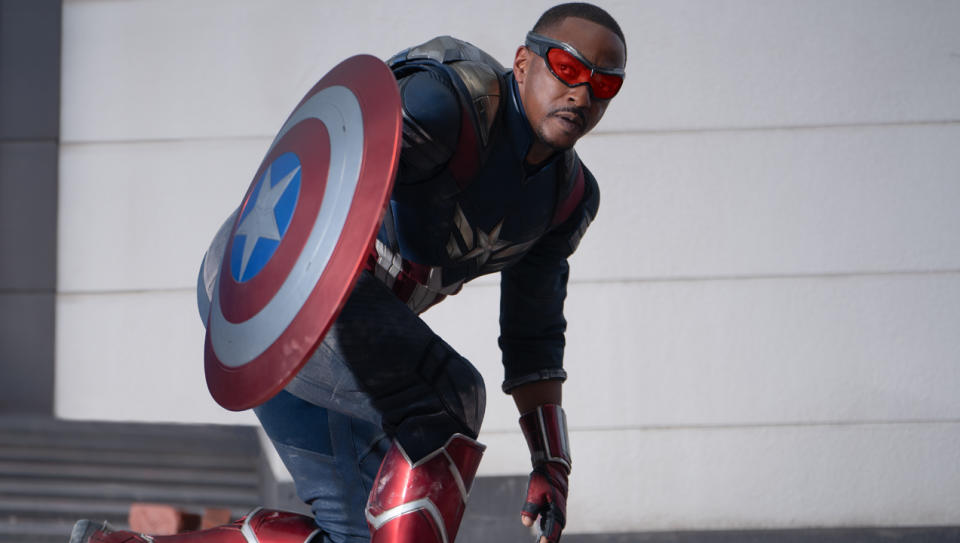
In the realm of fantasy filmmaking, the Lord of the Rings trilogy stands as a benchmark for epic storytelling and character development. However, even in such a masterful work, there are moments that leave audiences craving more. One such instance is the screen time allocated to the wise and powerful Gandalf the White in The Lord of the Rings: The Two Towers. As Gizmoposts24 delves into the intricacies of this cinematic masterpiece, it becomes evident that Gandalf’s presence, or lack thereof, significantly impacts the narrative.
Gandalf’s Epic Moments
The theatrical release of The Two Towers presents a compelling narrative that weaves together multiple storylines. The film follows the perilous journey of Frodo and Sam towards Mordor, the heroic quest of Aragorn, Gimli, and Legolas in Rohan, and the adventures of Merry and Pippin with Treebeard. Throughout these intertwining plots, Gandalf the White emerges as a beacon of hope and a pivotal figure in the battle against the forces of darkness.
One of the standout moments in the film is Gandalf’s return as Gandalf the White. This revelation is not only visually stunning but also emotionally resonant. The way he recounts his harrowing journey to regain his power and return to the Fellowship is a testament to his heroism and the lengths he is willing to go to protect Middle-earth. This moment is a highlight of the film, showcasing the depth of Gandalf’s character and the extent of his sacrifices.
When Gandalf reunites with Aragorn, Gimli, and Legolas in Rohan, his actions are both dramatic and decisive. His confrontation with Saruman and his subsequent rescue of Théoden are iconic scenes that underscore his significant role in the story. These moments, while brief, are imbued with a sense of urgency and importance, making Gandalf’s presence felt even when he is off-screen.
Despite these powerful moments, the theatrical version of The Two Towers allocates a limited amount of screen time to Gandalf. This limitation can be attributed to the film’s need to balance multiple storylines and characters. However, it leaves audiences longing for more insight into Gandalf’s actions and decisions during his absences.
Gandalf’s Big Reveals Were Epic
Theoretically, the film’s runtime is divided into three main plots, each with its own set of challenges and triumphs. Gandalf the White appears prominently in the second act, contributing to the film’s emotional and narrative weight. His reappearance in the final act is equally impactful, marking a critical turning point in the story. Yet, the limited screen time granted to Gandalf creates a sense of longing for more of his presence.
The strategic placement of Gandalf’s screen time in The Two Towers is crucial. His absence allows other characters to shine while maintaining a sense of mystery and anticipation. When he does appear, his presence is magnified, making his moments on screen all the more memorable. This approach also emphasizes the interconnectedness of the storylines, as Gandalf’s actions often ripple through the other plots.
Though the theatrical version of The Two Towers is a masterclass in fantasy filmmaking, the allure of Gandalf’s character leaves audiences craving more. The potential for expanded screen time could offer deeper insights into his motivations and the broader context of his actions. This is particularly relevant given the importance of his role in the overall narrative of the Lord of the Rings trilogy.
In conclusion, while The Two Towers is a cinematic triumph, the limited screen time allocated to Gandalf the White highlights the intricate balance required in epic storytelling. His presence, though brief, leaves a lasting impact, underscoring the need for a deeper exploration of his character in future adaptations or extended versions of the film.
His Harrowing Moments and Heroic Actions in The Lord of the Rings
In the sprawling narrative of The Lord of the Rings, the harrowing moments and heroic actions of Gandalf the Grey, masterfully portrayed by Sir Ian McKellen, leave a lasting impression. Gandalf’s decision to face the Balrog in the Mines of Moria, his sacrifice, and eventual return as Gandalf the White in The Two Towers are epic milestones that showcase his complexity and depth. His ability to inspire courage in the face of despair and his unwavering commitment to the fellowship’s cause are hallmarks of a true hero.
From his initial appearance in the Fellowship of the Ring to his momentous return in The Two Towers, Gandalf’s presence is transformative. His leadership and strategic acumen are pivotal in moments of crisis, such as rallying the Rohirrim to the cause of the Free Peoples of Middle-earth. Each of his heroic actions, from the pivotal speech at Isengard to the battle of Helm’s Deep, underscores his role as a beacon of hope and a symbol of resilience.
His harrowing journey, from the dark depths of Moria to the light of Minas Tirith, is marked by moments of profound sacrifice and selflessness. Gandalf’s transformation and the subsequent battles he engages in are testament to his evolution as a character and his indispensable role in the ultimate victory over Sauron. His final confrontation with Saruman and his ultimate sacrifice in the battle against the Balrog are defining moments that stand out in the annals of cinematic lore.
The Need for More Gandalf
Gandalf’s Limited Screen Time in The Lord of the Rings: The Two Towers
The Lord of the Rings: The Two Towers, while rich in narrative and action, had one significant shortcoming – the limited screen time given to Gandalf. His pivotal scenes, though impactful, are brief and scattered, leaving much to be desired in terms of character development and audience engagement. Gandalf appears briefly in the first act, then disappears for a significant portion of the film, only to return in a moment of grandeur, leaving fans craving more of his presence and backstory.
The Desire to See More of Him and His Story
Fans of the franchise have long expressed a desire to see more of Gandalf and his story, especially given his critical role in the narrative. The character’s depth, wisdom, and strategic prowess make him a compelling figure, and his limited screen time leaves many questions unanswered and fans unsatisfied. The need for more Gandalf is not just a fan wish but a narrative necessity, as his absence leaves a gap in the storytelling, diminishing the overall impact of the film.
A Lesson for Spider-Man 4
The Importance of Balance in Storytelling and Character Development
In the realm of storytelling, balance is key. The upcoming Spider-Man 4, scheduled to release in 2024, must learn from the experiences of films like The Lord of the Rings: The Two Towers. Balancing character development with narrative progression is essential to maintain audience engagement and emotional investment. The Spider-Man series has already demonstrated a keen understanding of this principle in its previous installments, but the introduction of a new villain, potentially Felicia Hardy (Black Cat), presents an opportunity to delve deeper into the character’s psyche and his relationships.
Like Gandalf, Spider-Man’s dynamic with his allies and adversaries should be a focus, ensuring no character is sidelined for the sake of others. The inclusion of a female villain, as rumored, must be balanced to enhance, not overshadow, Peter Parker’s journey. This requires a careful balance between action, character development, and world-building. The film’s success will hinge on how well it integrates these elements, creating a narrative that resonates with audiences and complements the overarching story of the MCU.
Sam Wilson: A New Captain America
A New Era for Captain America
The transition of the Captain America mantle to Sam Wilson (The Falcon) in the Marvel Cinematic Universe marks a significant shift in the narrative and representation within the franchise. Sam’s journey as Captain America, as depicted in Captain America: The Winter Soldier and the The Falcon and the Winter Soldier series, sets the stage for a new era of heroism. His character embodies resilience, loyalty, and a deep sense of justice, qualities that align with the essence of Captain America.
Sam Wilson’s Journey as Captain America
Sam Wilson’s ascension to Captain America is a testament to personal growth and responsibility. From his initial portrayal as a veteran and friend to Steve Rogers, to the mantle of Captain America in Captain America: The Winter Soldier, Sam’s character development has been a slow but steady evolution. His experience as a paraplegic war veteran who found a second life through the Falcon persona, and his eventual acceptance of the Captain America shield, signifies a new chapter in the superhero genre.
Sam Wilson’s Relatability and Authenticity
Sam Wilson’s relatability and authenticity are crucial aspects of his character. His portrayal as a Black man in the Captain America suit is significant, offering a fresh perspective and representation within the MCU. Unlike Steve Rogers, who represented an idealized version of American heroism, Sam embodies a more grounded and relatable figure. His background as a pilot and paraplegic athlete, and his grounded approach to leadership and heroism, make him a compelling figure for modern audiences. His relatability is a cornerstone of his appeal, as he grapples with the responsibilities of the role while maintaining his sense of self.
A Hero for the People
Sam Wilson’s willingness to fight for those who are often marginalized and overlooked is a defining trait that sets him apart. His commitment to justice and his readiness to stand up for the underrepresented align him with the core values of Captain America. Sam’s heroism is not just in his actions but in his empathy and understanding of the struggles faced by the common man. This makes him a genuine hero for the people, reflecting the spirit of Captain America in a contemporary context.
Conclusion
So, is Kraven the Hunter about to stalk Spidey on the big screen? The evidence, as presented by eagle-eyed fans, is certainly compelling. From cryptic set photos to whispers of a “villainous feline” lurking in the shadows, the internet is abuzz with speculation. The article highlights the tantalizing possibility of this beloved comic book antagonist finally making his live-action debut, and frankly, it’s a prospect that has us on the edge of our seats.
This potential casting choice isn’t just about a cool new villain, though. Kraven represents a shift in tone for the Spider-Man franchise. He’s a formidable, primal threat, a hunter obsessed with proving his superiority to the web-slinger. This darker, more grounded approach could inject a fresh dose of intensity into the series, exploring Spidey’s vulnerabilities and pushing him to his limits. Imagine Spidey facing an adversary who isn’t just physically powerful, but deeply cunning and driven by a relentless, almost animalistic hunger.
The implications for future Spider-Man films are staggering. A successful Kraven introduction could pave the way for even more complex and challenging villains, drawing upon the vast reservoir of Spider-Man’s rogues gallery. We could be on the cusp of a new era for the franchise, one where the stakes are higher and the battles more personal than ever before. Will we finally see the raw, primal clash that fans have been craving? Only time will tell. But one thing is certain: the future of Spider-Man is poised for a thrilling, unpredictable ride.
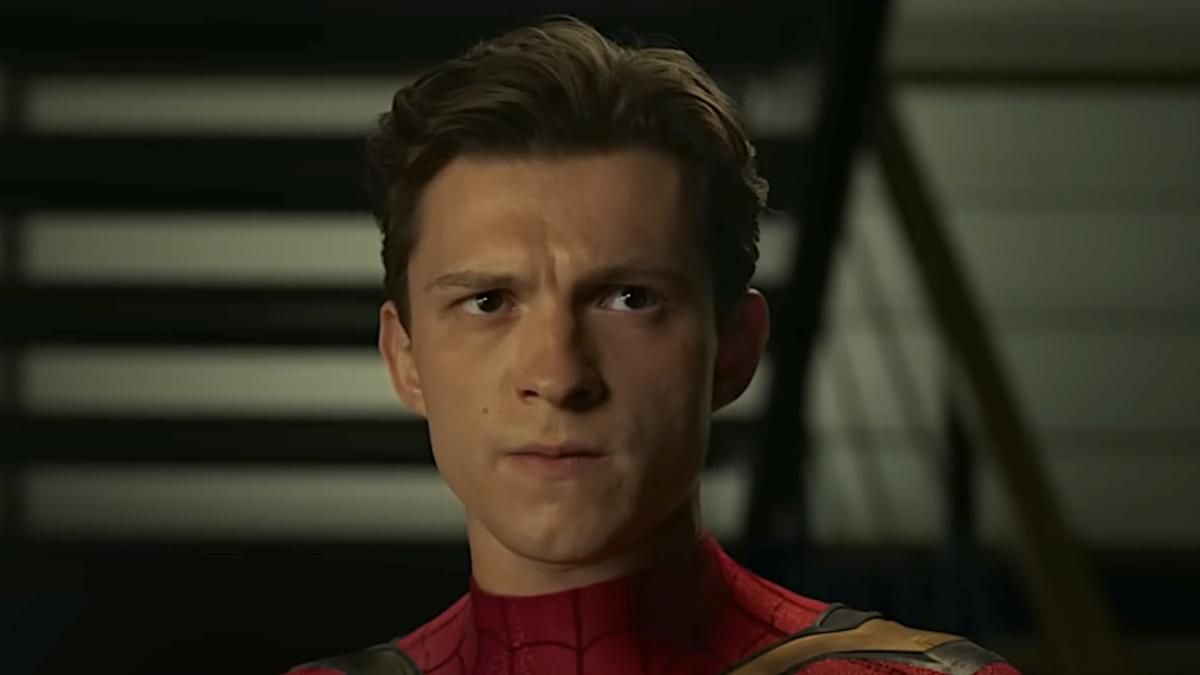





Add Comment